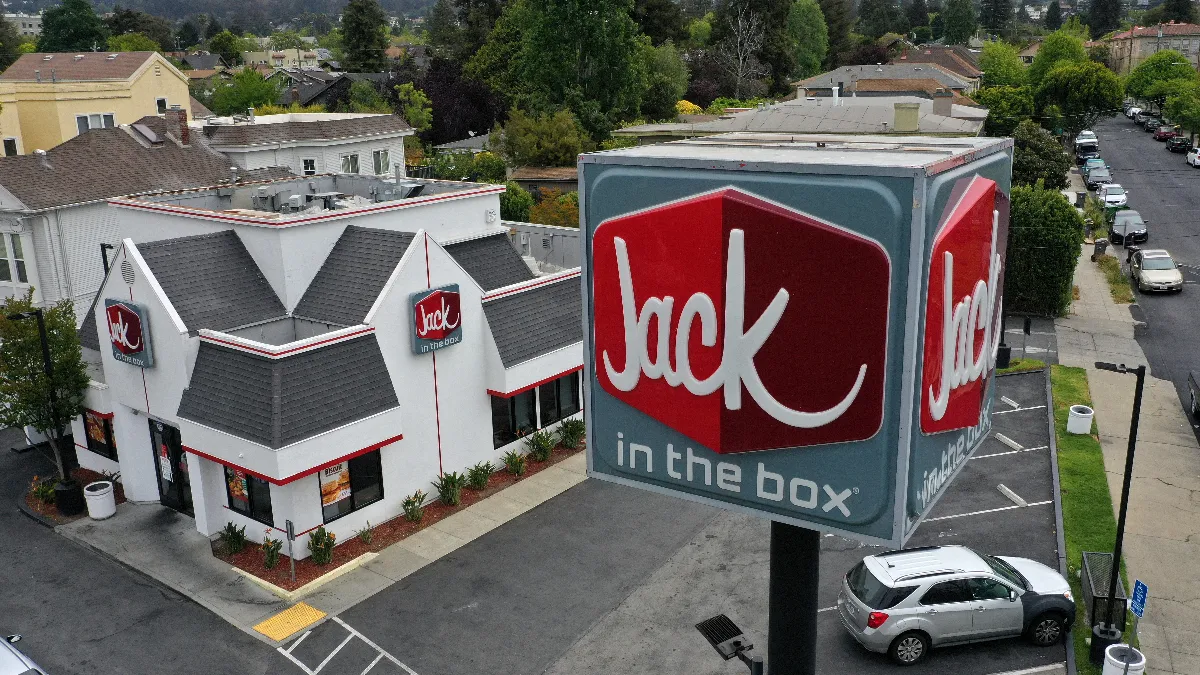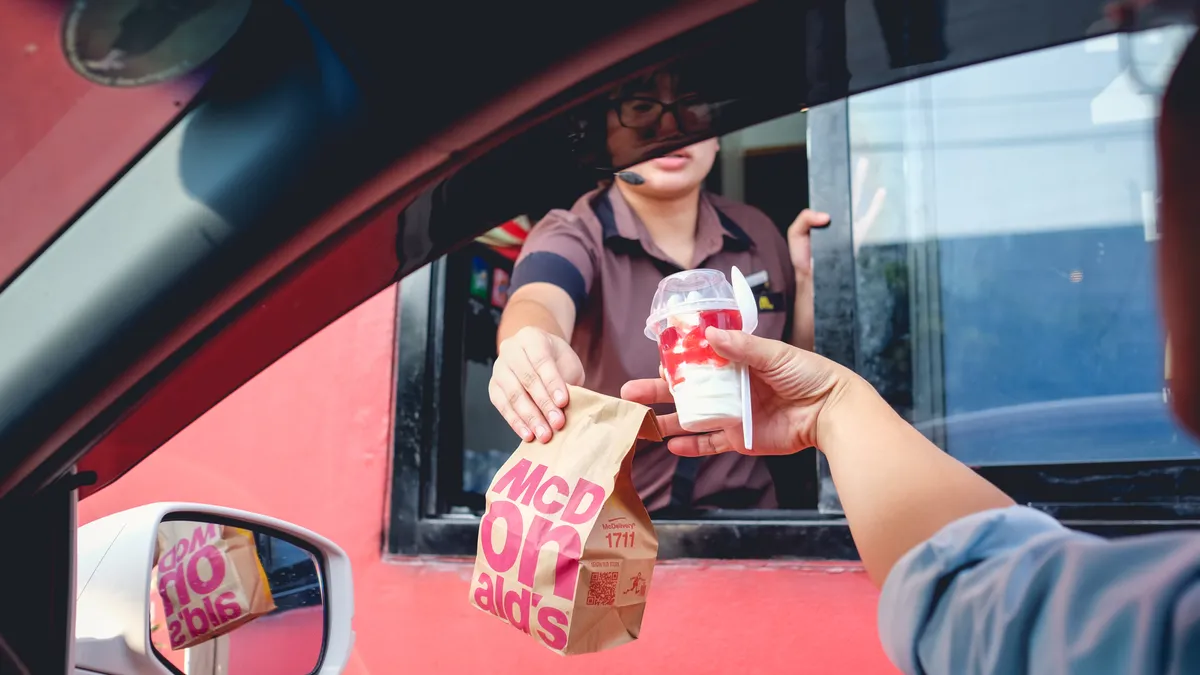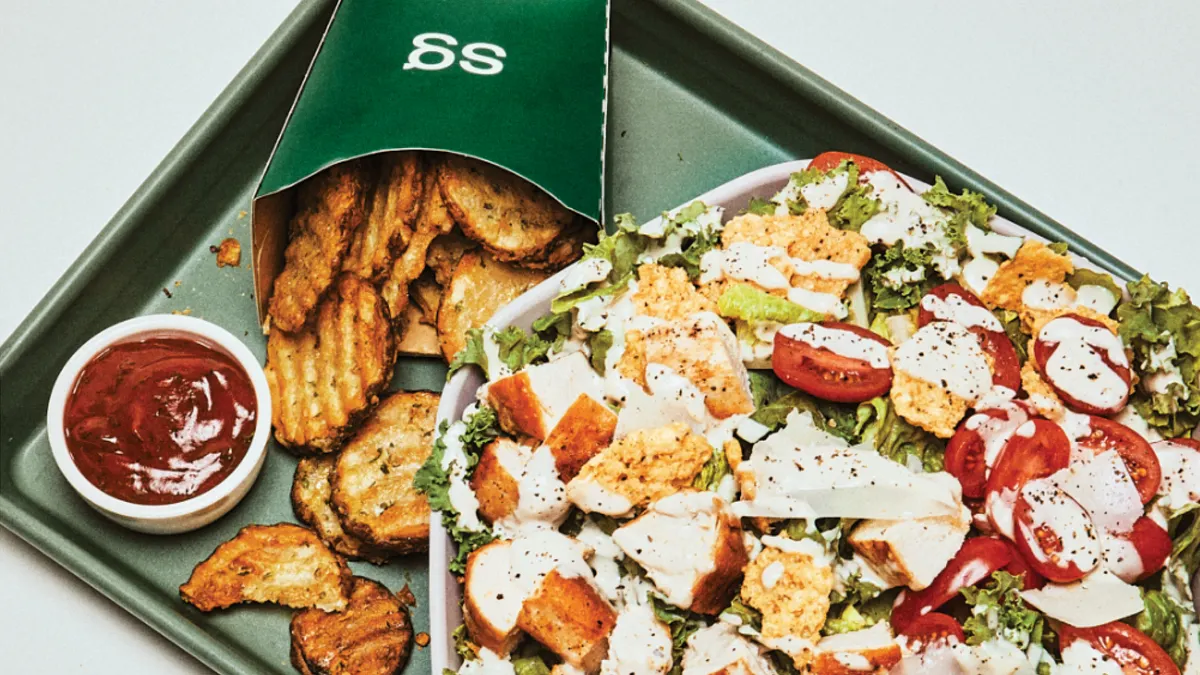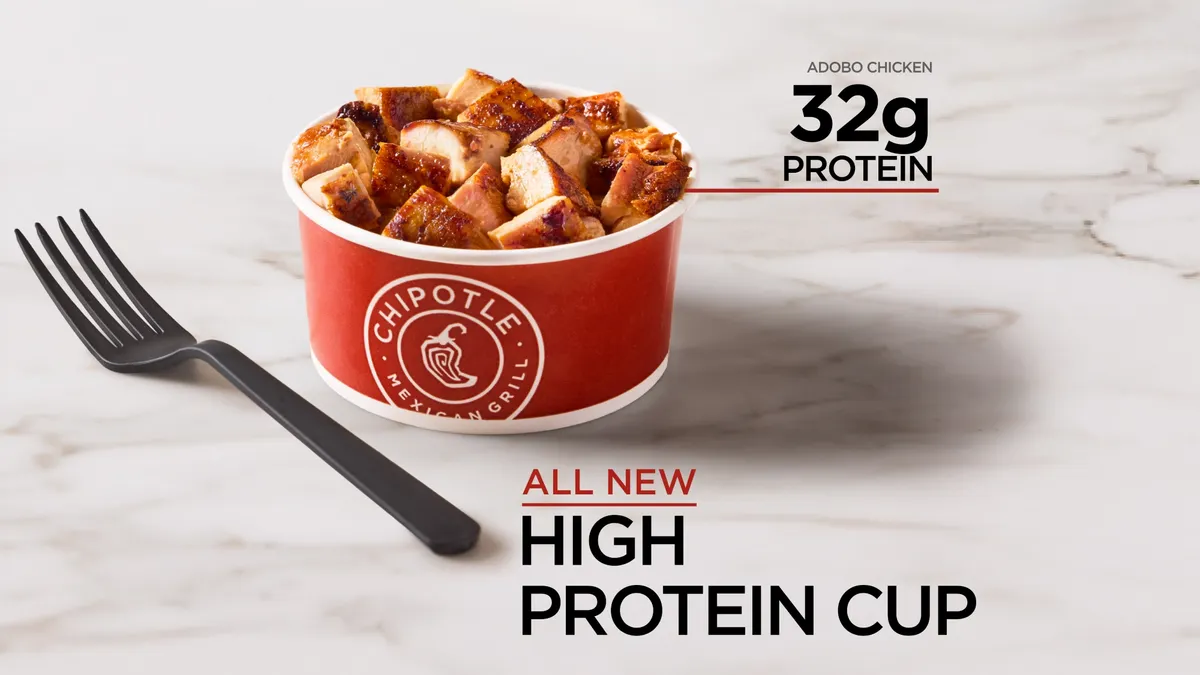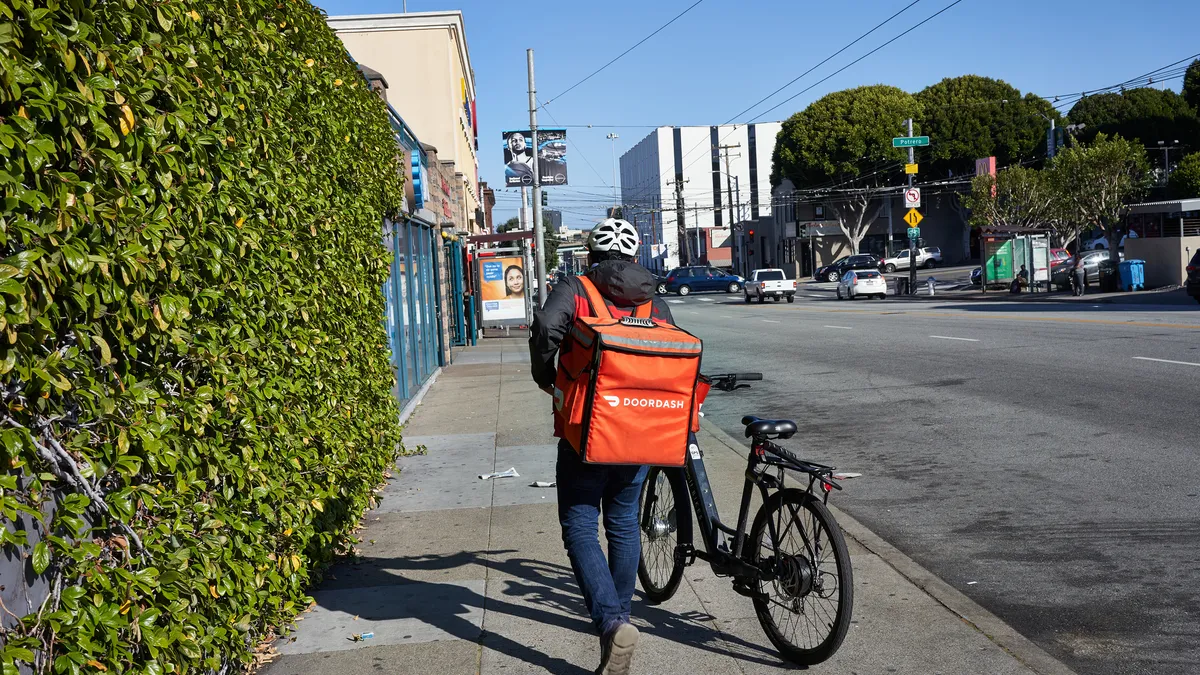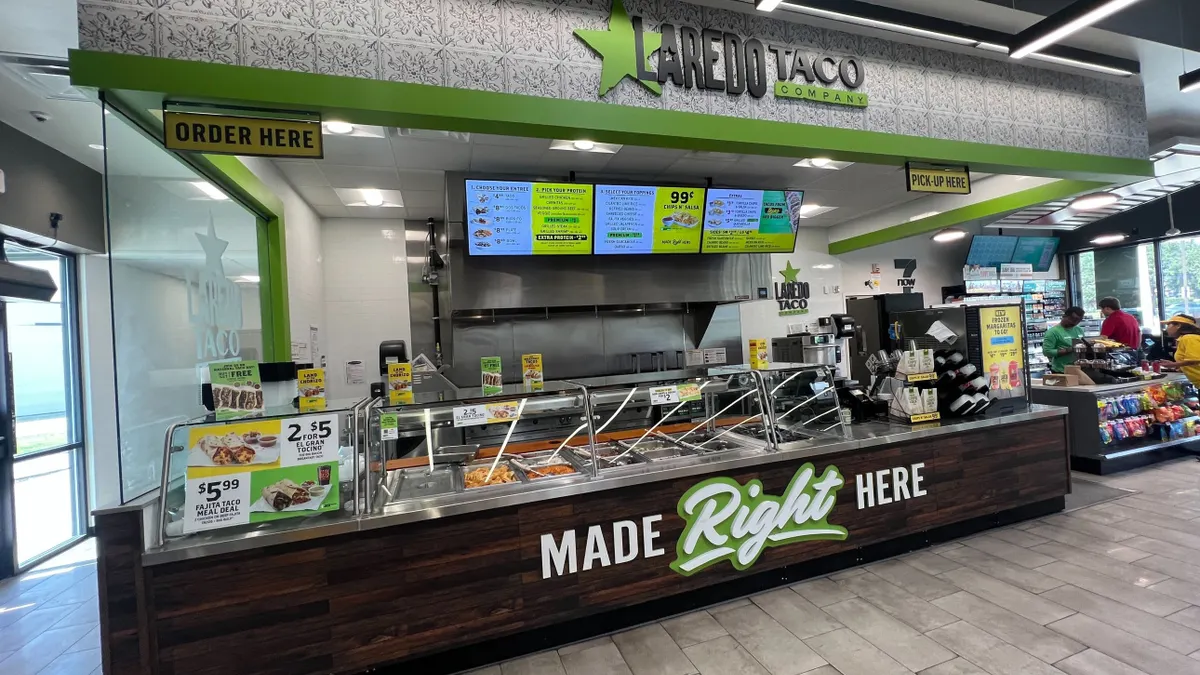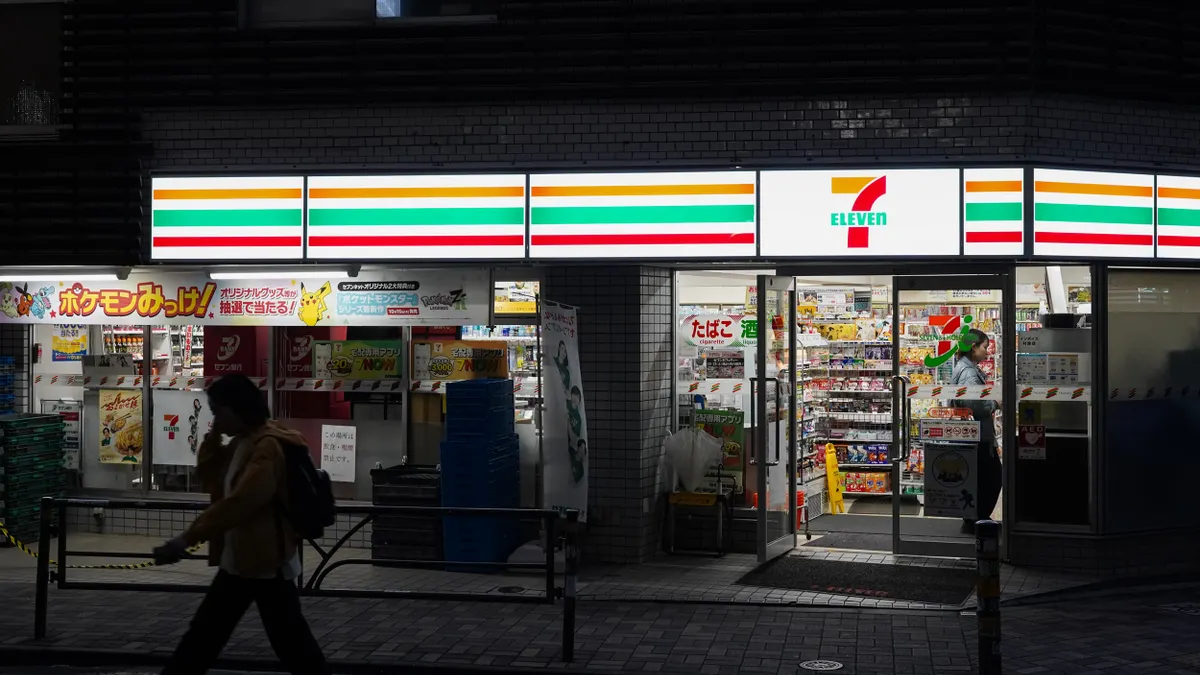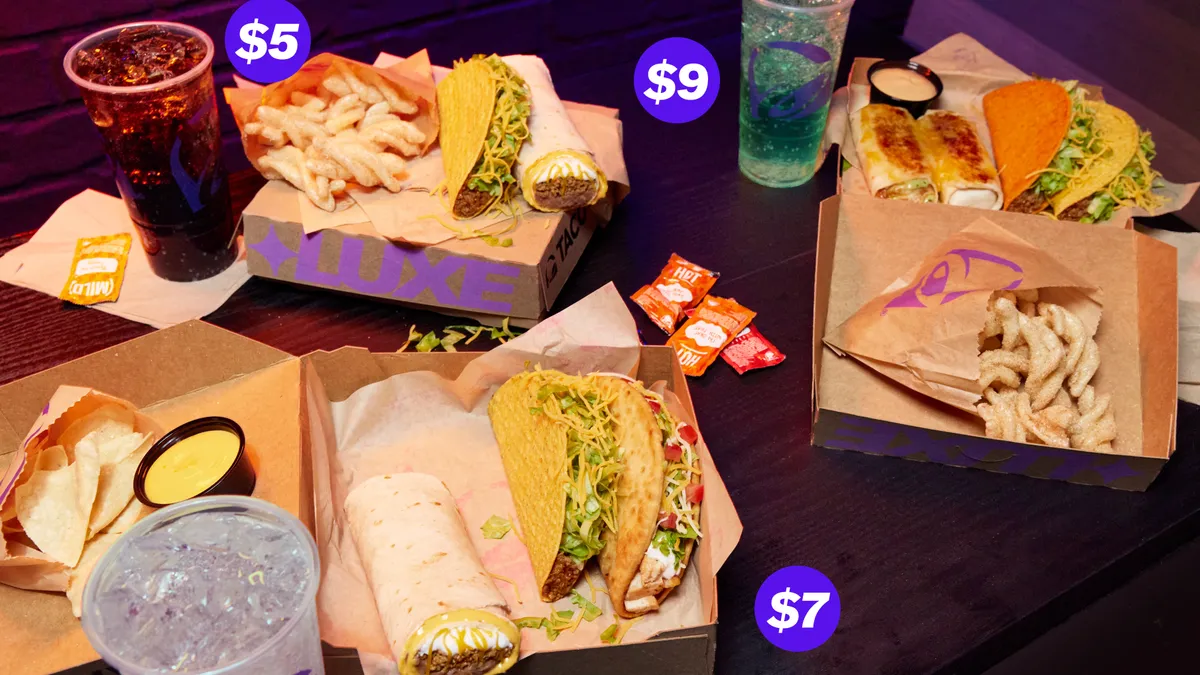Jack in the Box struggled to slow sliding sales in fiscal Q3 2025, with same-store sales falling by an eye-watering 7%, according to the company’s earnings release. This marked the burger brand’s worst performance in years.
Both Jack and Del Taco shed stores in the quarter, with the burger brand closing a net 15 restaurants and the taco chain shutting a net six stores. The closures at Jack are in line with the company’s JACK on Track initiative, and CEO Lance Tucker said on the chain’s earnings call that as many as 70 more units could shutter in the calendar year.
Del Taco also saw comparable sales drop, but by a less extreme 2.6%. Both brands attributed these decreases to declines in guest count and shifting menu mix, which price increases did not offset.
Tucker said the last six months have been “some of the most challenging I can recall in my time in the QSR industry,” noting that consumers continue to pull back on spending.
Tucker attributed some of Jack’s poor performance to brand specific consumer factors.
“Jack in the Box significantly over-indexes with Hispanic guests, who, especially in our core markets, face uncertainty and have pulled back their spending. This issue is having an outsized impact on our sales,” Tucker said.
This observation is in line with what California-based media outlets have reported regarding the impact of the Trump administration’s highly-public immigration raids on workers and consumers. About 847 of Jack in the Box’s 2,040 franchised outlets were located in California at the start of 2025, according to the brand’s franchise disclosure document, with another 173 in Arizona, 79 in Nevada and 559 in Texas.
How Jack in the Box and Del Taco have fared since 2023
But value perception is the heart of Jack’s problems, Tucker said.
“The value equation has gotten a bit off track across the broader QSR industry and Jack in the Box is no different,” Tucker said. Jack will increase its marketing spend, Tucker said, while working to ensure consumer awareness of value deals — like the Bonus Jack Combo, which the brand reintroduced last week.
Other LTOs — a hot honey version of its Spicy Chicken Strips and Sauced and Loaded Potato Wedges — are expected to boost traffic in Q4, Tucker said. The brand will also launch periodic marketing pushes for its Munchie Meals combos, a late-night focused menu category that lends itself to marketing collaboration with celebrities and brands.
Ryan Lee Ostrom, Jack in the Box’s chief customer and digital officer, said the brand is looking to fill in pricing gaps in its menu.
“We have a really strong entry point to value around Munchies under $4, but those are all the carte items, and then we have our combos, which are priced mainly $10 or more,” Lee Ostrom said. “We're really trying to figure out how we create some ownable value on the menu in between that $4 price point and the $10 price point.”
Tucker said the chain will undertake a series of operational changes — dubbed Jack’s Way — to improve its store-level performance. These are separate from JACK on Track, which “is intended to quickly fortify the financial foundation for both the company and its franchisees,” rather than intervene in operations, according to Tucker.
Jack’s Way consists of several interlocking components. First, it’s implementing a focus on consistency and quality in core menu items, which necessitates more training for employees at the restaurant and field level, Tucker said.
The brand wants to reward high-performing workers “by reintroducing key recognition programs to motivate and recognize our team members in every restaurant,” Tucker said.
The second step in Jack’s Way is a greater marketing emphasis on value and menu innovation. Third is an effort to redress the chain’s antiquated store base, Tucker said.
“We intend to deploy a multiyear reimage initiative to touch at least 1,000 additional restaurants beyond our current program,” Tucker said.
Further details about the reimaging program will be shared in November. Reimaging programs have worked for other beleaguered burger brands. Burger King, which suffered similar sales troubles earlier in the decade, has been undertaking a major renovation/reimaging program — which helped spur that brand’s 1.5% Q2 U.S. same-store sales growth.
As part of the JACK on Track program, the company has been pursuing strategic alternatives for Del Taco. CFO Dawn Hooper said the search for a Del Taco solution has been moving along.
“We have good interest and are progressing through the process. Ideally, we will have news to share with you by the end of this calendar year,” Hooper told analysts.
Hooper also said the company plans to sell some of its real estate as part of JACK on Track.
“We do expect to sell real estate with proceeds of at least $100 million, most of which will occur within the next fiscal year,” Hooper said.
As of April 2025, Jack in the Box had about $1.3 billion in property and equipment — or roughly $440 million when accounting for depreciation and amortization — and a further $1.4 billion in operating lease right-of-use assets, according to its most recent 10-Q.


